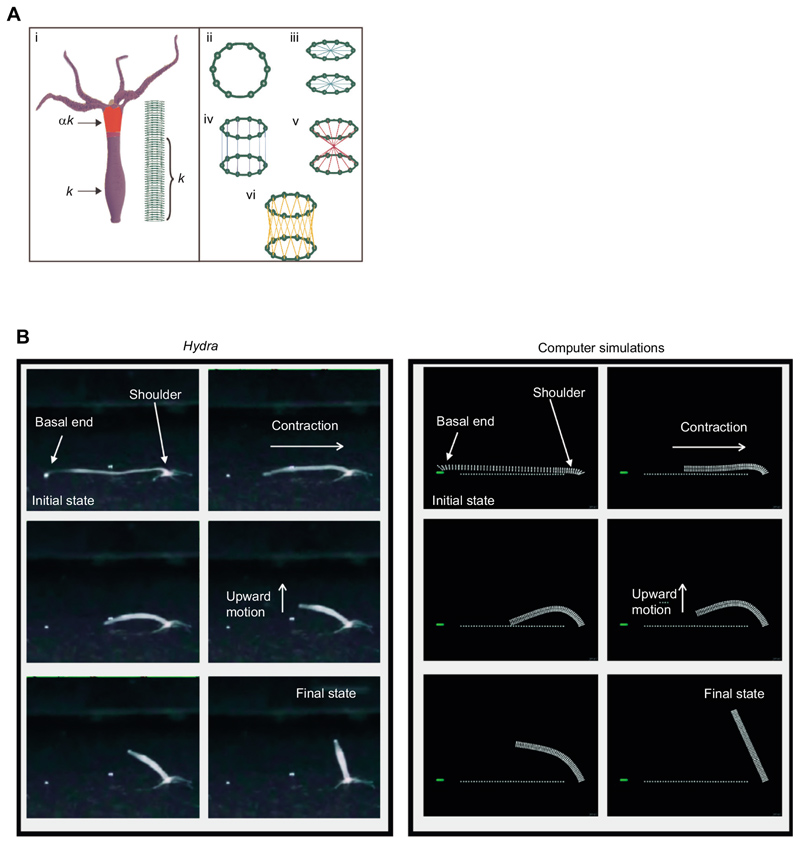Fig. 4. Computer simulations can reproduce the somersault.
(A) Modeling of the Hydra body column to represent various steps involved in the somersault movement. (i) An elastic cylinder comprising beads–springs was used to model the Hydra body column. The cylinder is a stack of 50 rings, each consisting of 10 beads of mass m. (ii–vi) Beads within the same ring and from adjacent rings are connected to each other with springs to maintain the circular cross-section (ii)and resist bending (iii), stretching (iv), torsion (v) and shear (vi). The effective spring constant k eff of a quarter of the body length (shoulder) is kept at α times the rest. (B) Comparison of various experimentally recorded stages of the Hydra somersault with simulations. The simulations were performed by incorporating the experimentally observed variation in tissue stiffness. There are striking similarities between both the actual Hydra movement and its simulations.

